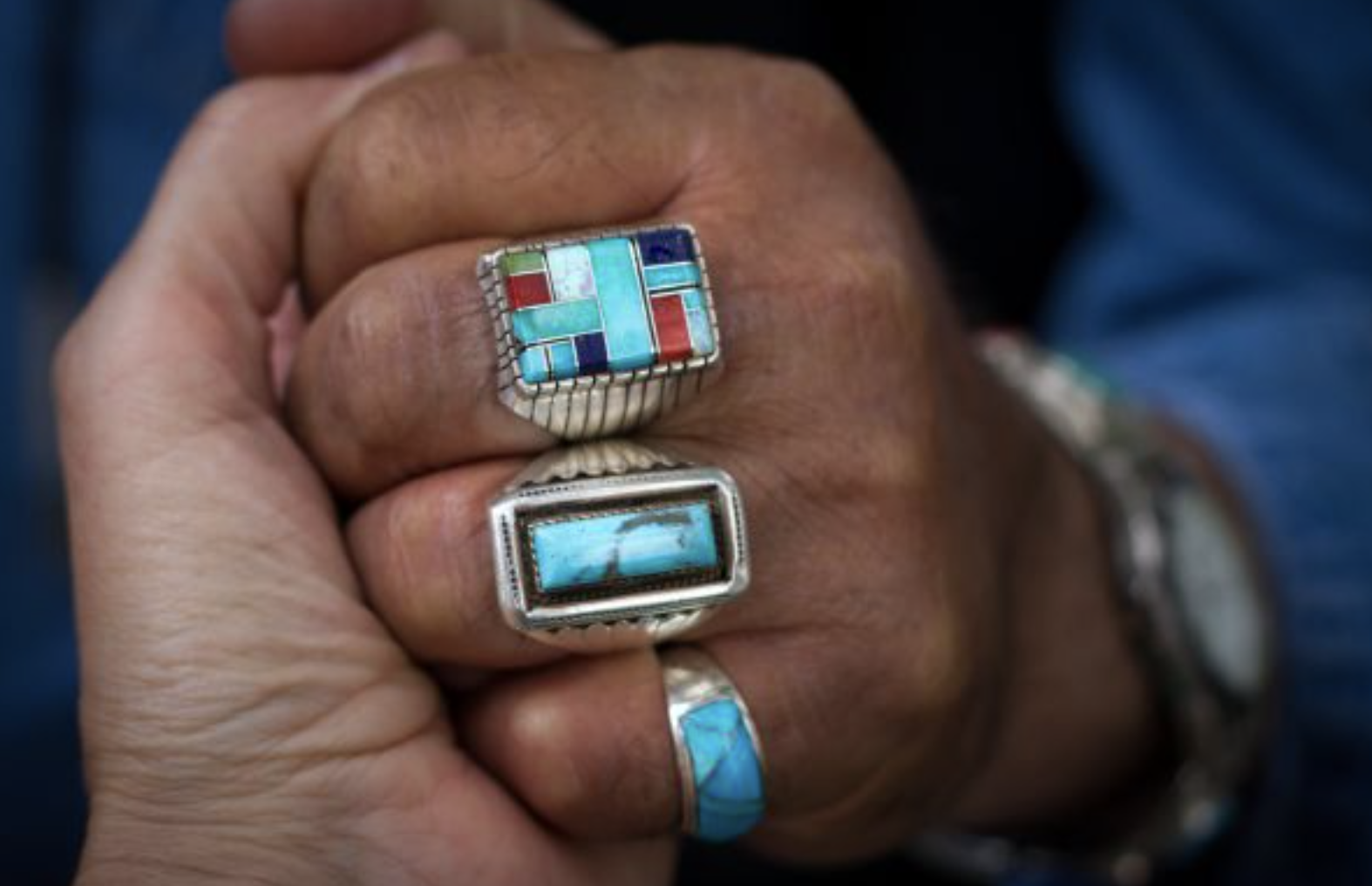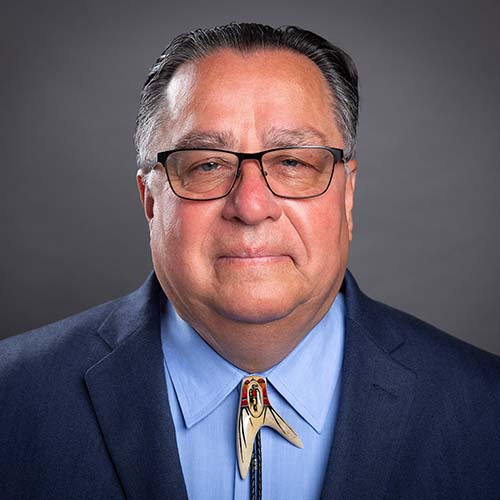
- Details
- By Levi Rickert
World Suicide Prevention Day. September 10 is recognized worldwide World Suicide Prevention Day. On this day, the global community pauses to reflect on a tragic reality: over 700,000 people die by suicide every year, according to the World Health Organization (WHO). This means one life is lost every 40 seconds. Yet beneath this staggering number lies a deeper crisis faced by marginalized communities, including Native Americans, whose suicide rates far outpace national and global averages.
In the United States, American Indian and Alaska Native (AI/AN) populations suffer the highest suicide rates of any racial or ethnic group. Between 2015 and 2020, the CDC recorded an average of 566 suicide deaths per year among AI/AN individuals. In 2021, their age-adjusted suicide rate reached 28.1 per 100,000—nearly double the national average of 14.1 and significantly higher than the global average of 9 per 100,000.
Even more alarming, the suicide rate among AI/AN males in 2022 soared to 39.5 per 100,000, marking the highest rate among all U.S. demographics. These rates are especially elevated among youth and young adults aged 15–44, with contributing factors including intergenerational trauma, limited access to mental health care, and cultural disconnection.
Globally, suicide is the fourth leading cause of death among 15–29-year-olds, and the burden is heaviest in low- and middle-income countries. But the story of Native Americans in the U.S. reminds us that even in high-income nations, systemic inequality can drive mental health outcomes just as powerfully.
As we mark World Suicide Prevention Day, these numbers demand more than awareness—they call for culturally rooted, community-led solutions and equitable access to mental health care. Because behind every statistic is a life that mattered—and a future that might still be saved.
Below is a list of federal agencies, organizations, articles, training materials, and resources on AI/AN suicide prevention.
Federal Resources
Indian Health Services (IHS) Division of Behavioral Health
Substance Abuse and Mental Health Services Administration Tribal Affairs
American Indian and Alaska Native Organizations
Suicide Prevention Resource Center American Indian and Alaska Native Website
Center for Native American Youth
American Indian Institute at the University of Oklahoma
Suicide Prevention Organizations
National Suicide Prevention Lifeline
American Foundation for Suicide Prevention
Suicide Prevention Resource Center
AI/AN Suicide Prevention Publications and Resources
Restoring Balance-Community Readiness
Northwest Suicide Prevention Tribal Action Plan
The AI/AN Suicide Prevention Strategic Plan 2011-2015
If you or someone close to you are in need of support, you can call, text, or chat with 988 Suicide & Crisis Lifeline, which provides 24/7, free and confidential support.
More Stories Like This
Cherokee Nation Proposes $30 Million OU Nursing School Partnership to Expand Health WorkforceHealth Stories We’ll Be Following in 2026
Indian Country Faces Crippling Premiums Under Expired Affordable Care Act Credits
Artificial Intelligence Impacts the Art and Science of Dentistry – AI Part 2
Feds Announce $50 Billion to States for Rural Health, Tribes Barely Mentioned in Awards

